How machine learning contributes to design and how pervasive it is? Elinext developer, Dmitry Plavinsky, shares his vision on the impact of ML to design in a brief yet comprehensive interview.
— Dmitry, could you tell me in a couple of sentences, what contributed to the adoption of machine learning by designers?
— For sure, it was the introduction of the Generative adversarial network (GAN) in 2014. To put it in simple terms, the technology is fed with a huge amount of pictures with, say, faces of different people. An algorithm or some pre-established preset flags the faces using marking to ensure that neuronet would be able to detect faces on other images. When it comes to the process of image creation, it starts with a generation of random noise, which then transforms into an image fragment and after into a finished face, as shown in the picture below.
Pic: Early examples of face creation with GAN technology
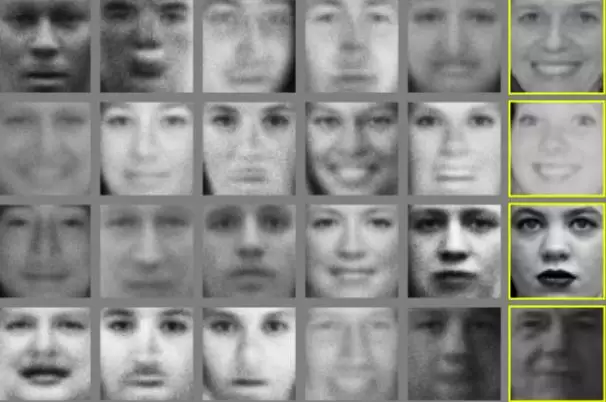
As technology develops, it is able to generate faces that are increasingly indistinguishable from a real person. You can go to thispersondoesnotexist.com to see examples of how it works.
— Wow, the results of the neuro network face creation are very impressive. Is there a chance for us to configure our ‘fake radars’ and somehow distinguish real people from those generated by computers?
— Although some of the generated images look very realistic, the technology still shows a lot of imperfections: from such evident ones like non-stereotypical gender representation to less obvious asymmetries and indecipherable text. Here are some of the examples of the neuro network fails:
Pic: Surrealistic and sometimes even scary background.
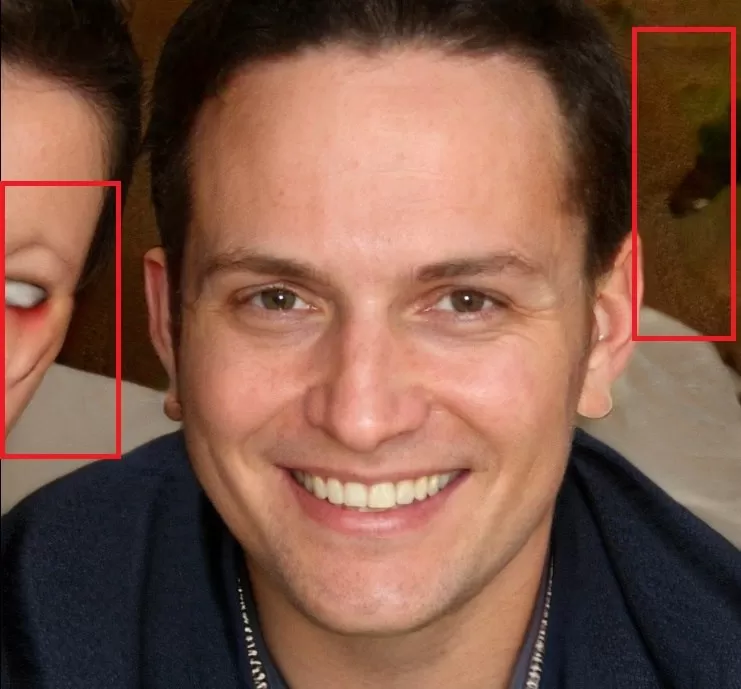
Pic: Strange headdresses.
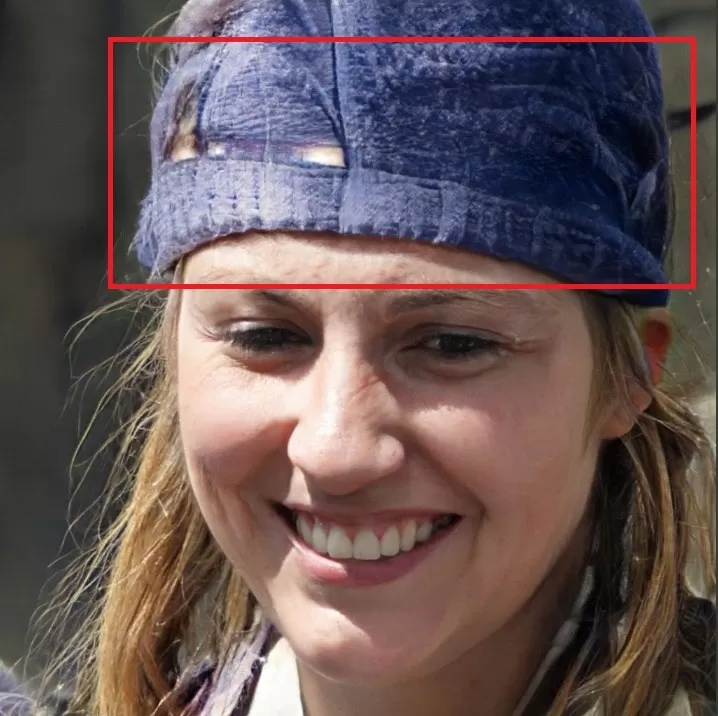
Pic: And strange hair.
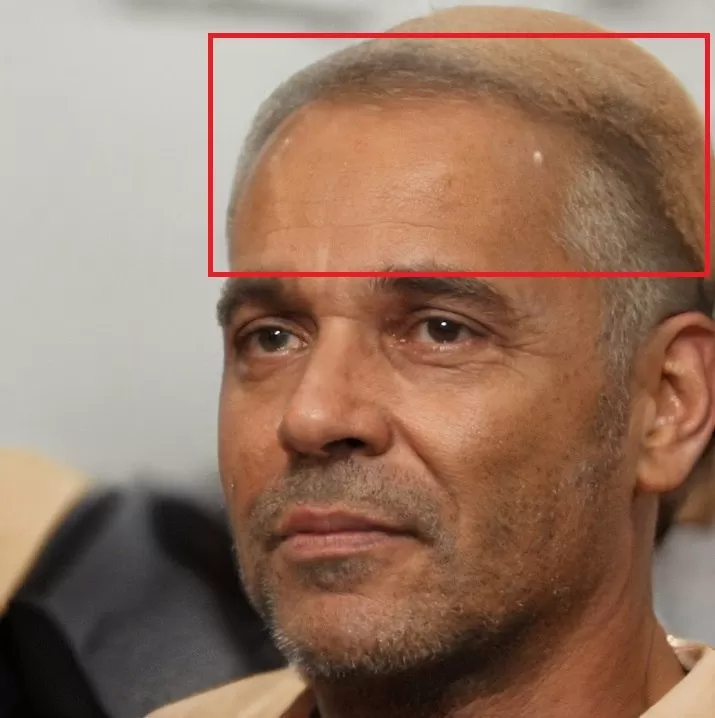
There are many more imperfections you could notice but despite they still exist, the technology rapidly develops and makes fewer mistakes.
— Ok, so how the technology evolves? As I understand, the generation of various objects in an image format is not the limit of ML in design, isn’t it?
— Yes, you’re right. Other than for such obvious tasks as the creation of new users (their unique profile pictures), a slightly modified algorithm can be used for image styling options. One of the examples can be found on deepart.io.
Example of image processing on deepart.io.
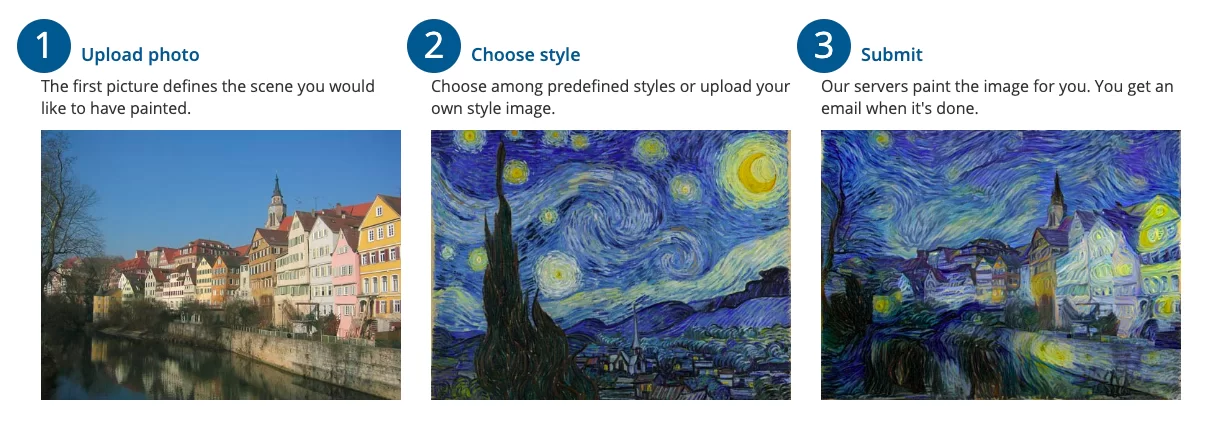
The important thing to understand is that such algorithms should be considered as tools that can be integrated into more complex systems. The largest part of presented to the public ML projects is aimed at demonstrating the technology’s abilities, so companies can decide whether it will be a good idea to implement such tech into their products.
For example, a similar algorithm to the one that is used in remove.bg project (allows automatically removing backgrounds in a few seconds for free) is already widely used in various graphics editors.
Such a use case of ML in design currently represents the forefront of the technology’s development. Nevertheless, there are also some simpler use cases.
— Can you name some of such use cases?
— The first two that come to mind are:
- Automatic website redesign, represented by such platforms as ukit.ai.
- Automatic logo generation at platforms such as looka.com.
— When discovering such outstanding examples, it appears that neuro networks will replace designers very soon. Do you agree?
— No, I don’t think that it’s possible. At least for now. The use of ML in design is currently facing some serious challenges that add up to an unchallenged preeminence of human-designers over machines.
— What are these challenges?
— The first reason is that all ML tools are highly dependable on data. As much as a child’s behavior depends on upbringing methods their parents use, the results of ML algorithms’ work also depends on data used.
The second one derives from the first and is best described with the word ‘uncertainty’. It means that quite often there are situations when it’s not obvious even for the developer how the created model works and why it works in the way it does.
The unpredictability is also accompanied by the inability to make changes to the final results and a steep price of ML solution development. This is why hiring a professional designer still remains a better option.
— Ok, I see. But in terms of design, what are the main directions in technology development for today?
— Currently, there are two main directions.
- Enhancement and development of tools used by designers with the help of ML. These could be tools for more accurate selection options, or creation of more beautiful lines, or automatic font selection, or generation of objects in the image format and other visual solutions. All of these enhancements have been under development for the last couple of years, and there are no doubts that they will see more improvements.
- The second direction is not so obvious: it’s the enhancement of client feedback. This sphere is out of the public eye and is aimed at investigating how users interact with the design. As the result, it becomes easier for professionals to choose the most appropriate colors for their websites, know where it is better to place a button, and in this way, guarantee satisfying user experience. As for today, such investigations are offered by a variety of platforms with paid subscriptions, and it’s a good idea for designers to take advantage of them.
— Thank you, Dmitry. It was a pleasure to talk to you. Can I ask you to sum everything up and share your opinion on the topic in a couple of sentences?
— Yes, sure. I would say, that the current impact of ML to design today is overrated by many. Although there are some interesting use cases, the technology still requires a lot of improvements. So when it comes to choosing between ML solution development or hiring professional designers, I would strongly recommend the second option. At least for now.
At Elinext, we have a strong and proven expertise in both ML and design. If there are any questions left, please, let us know. We will be glad to provide you with comprehensive answers.
Thank you for reading.









